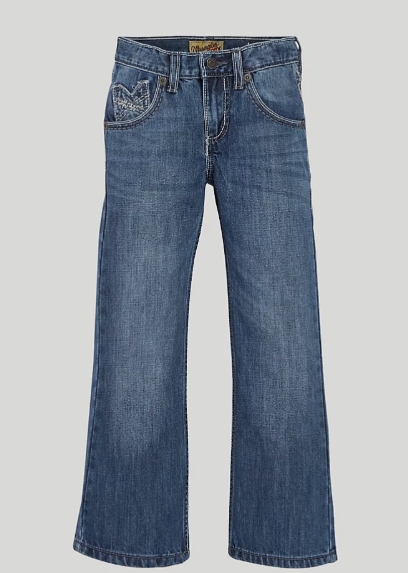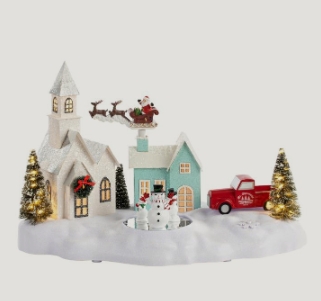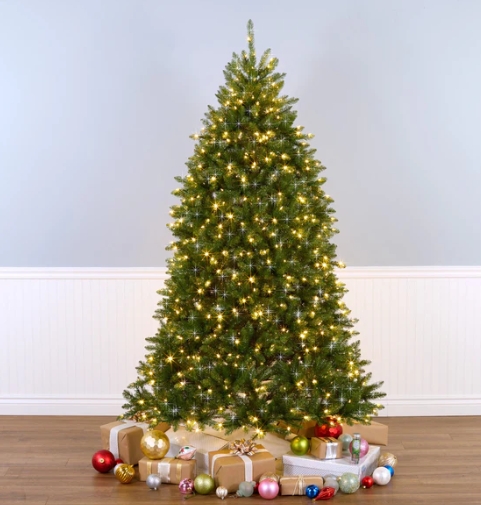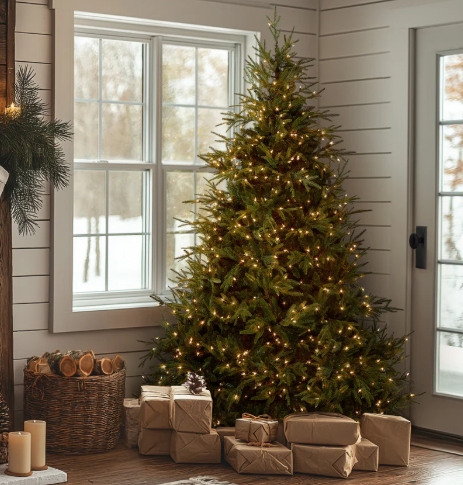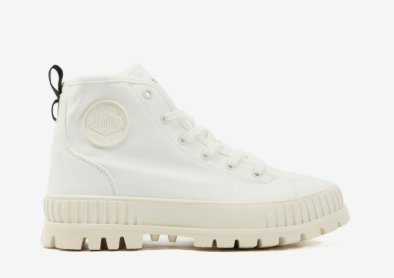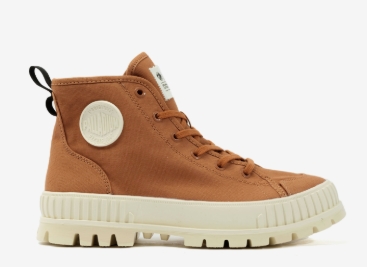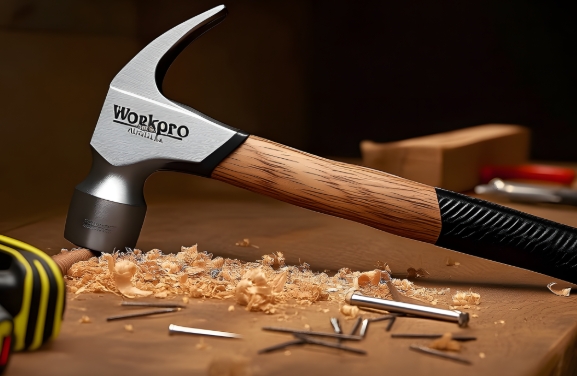As a university student juggling classes, campus events, weekend hangouts, and occasional part-time work, I’ve come to appreciate clothing that not only fits my style but also adapts to every part of my day. That’s how I found myself falling in love with Wrangler — particularly their effortlessly cool Wrangler Drew Jeans NZ, which have become a staple in my wardrobe.
I discovered them almost by accident during a shopping trip with my roommate. She pointed to a pair, high-waisted with a slight crop, and said, “These are so you.” She was right. They had that classic denim feel with just the right modern edge — structured but relaxed, rugged but still flattering. That was my first pair, and since then, Wrangler has quietly become the brand I trust most when I want to feel comfortable and confident without trying too hard.
More Than Just a Denim Brand
Before I ever wore Wrangler, I mostly associated the name with cowboys and rodeos — the brand has deep roots in American Western culture, after all. But as I got to know the brand better, I realized Wrangler had evolved far beyond that. It still holds on to its heritage, but in a way that feels authentic rather than outdated. There’s a quiet strength in their designs, something that doesn’t scream for attention but still stands out for its quality and character.
Living in New Zealand, I was happy to find Wrangler NZ had an official website with all the latest collections available locally. From classic denim cuts to more fashion-forward silhouettes, everything I’ve ordered so far has delivered both in fit and in feel. And honestly, there’s something cool about wearing a brand that carries a piece of global denim history while still feeling right at home on my campus.
The Joy of a Good Shirt
After I became hooked on their jeans, I decided to give their tops a try — particularly their button-ups and workwear-inspired styles. There’s one Wrangler shirt I reach for constantly: a light blue, slightly oversized cotton number that looks great tucked into jeans or layered over a tank top on lazy days. I wore it on a day trip to the coast last month, and my friend commented, “That shirt looks like freedom.”
That’s the thing about Wrangler shirts NZ — they have this laid-back structure that makes you feel put together without sacrificing comfort. And because the fabric quality is so high, even the more worn-in pieces never look sloppy. I love pairing mine with some simple gold hoops and sneakers when I want to keep things easy but still look like I tried.
Why the Drew Jeans Hit Different
But if I had to pick just one Wrangler piece to take with me anywhere, it would still be the Drew Jeans. There’s something about their cut — high rise, straight leg, a hint of stretch — that makes me feel strong and secure. I wear them to lectures, on coffee dates, to study at the library, and even on casual nights out. They’re as versatile as they are flattering.
I even convinced two of my friends to try them, and now we joke that we’re in our “Drew Jeans Era.” And no shame — we’ve worn them on the same day more than once. There’s a kind of collective girl power that comes from feeling good in your clothes, especially something as universal and enduring as denim.
If you haven’t tried them yet, the Wrangler Drew Jeans NZ page is a great place to start. I recommend going true to size — they mold beautifully after a few wears without losing their shape.
A Brand That Fits Real Life
Wrangler isn’t about chasing fast fashion or flashy trends. What I admire is how grounded and consistent the brand feels. It’s about building a wardrobe that works in real life, for real people — not just what looks good on a mannequin or in a styled shoot. That practicality, paired with understated style, is exactly what I need as a student who values both form and function.
What began as a denim experiment turned into something more — a kind of trust. When I slip into my Wrangler pieces, I feel ready. Ready for whatever the day throws at me. And in a time when everything around me is constantly changing — classes, people, priorities — having something reliable and cool to wear is more meaningful than it sounds.
